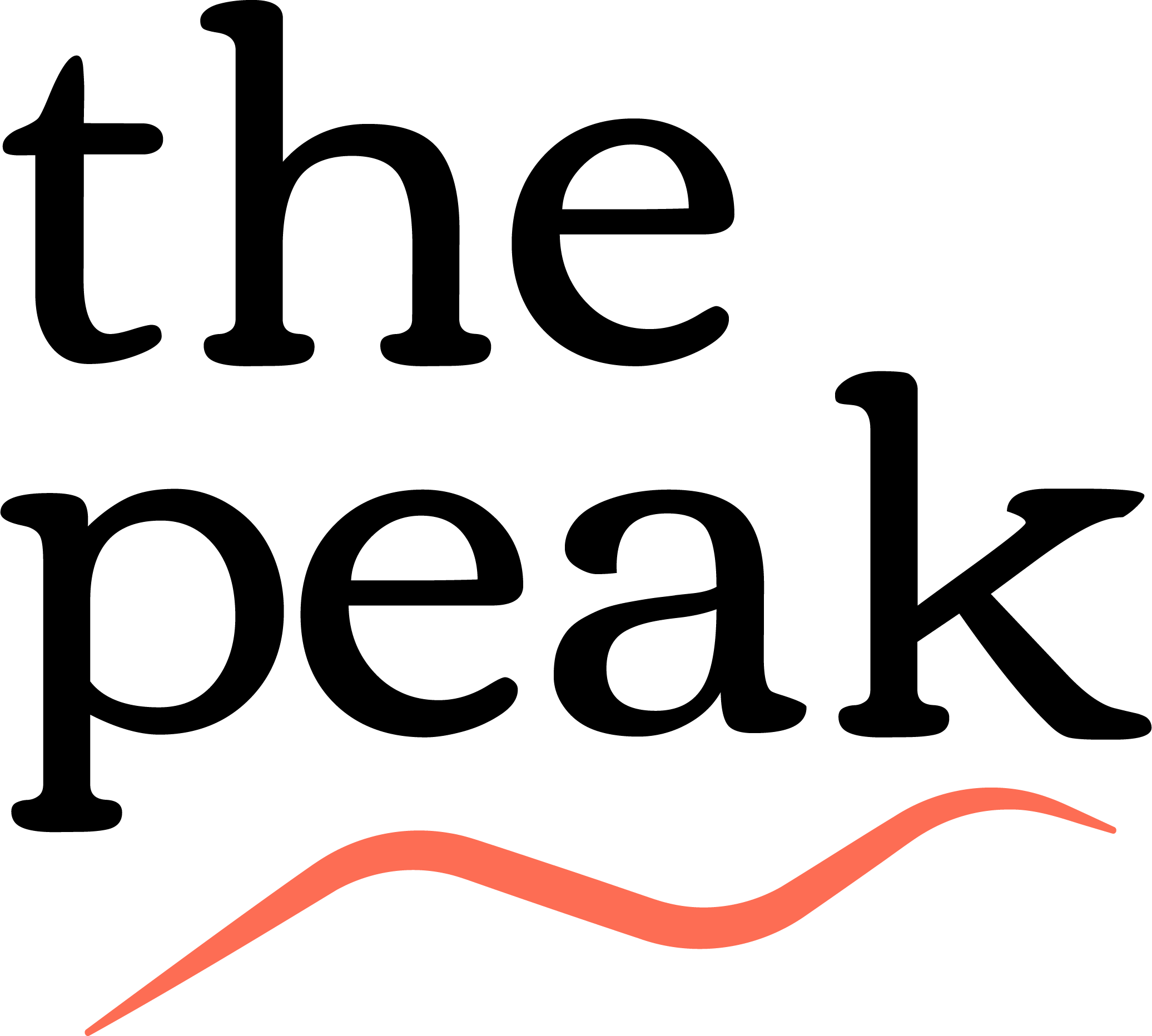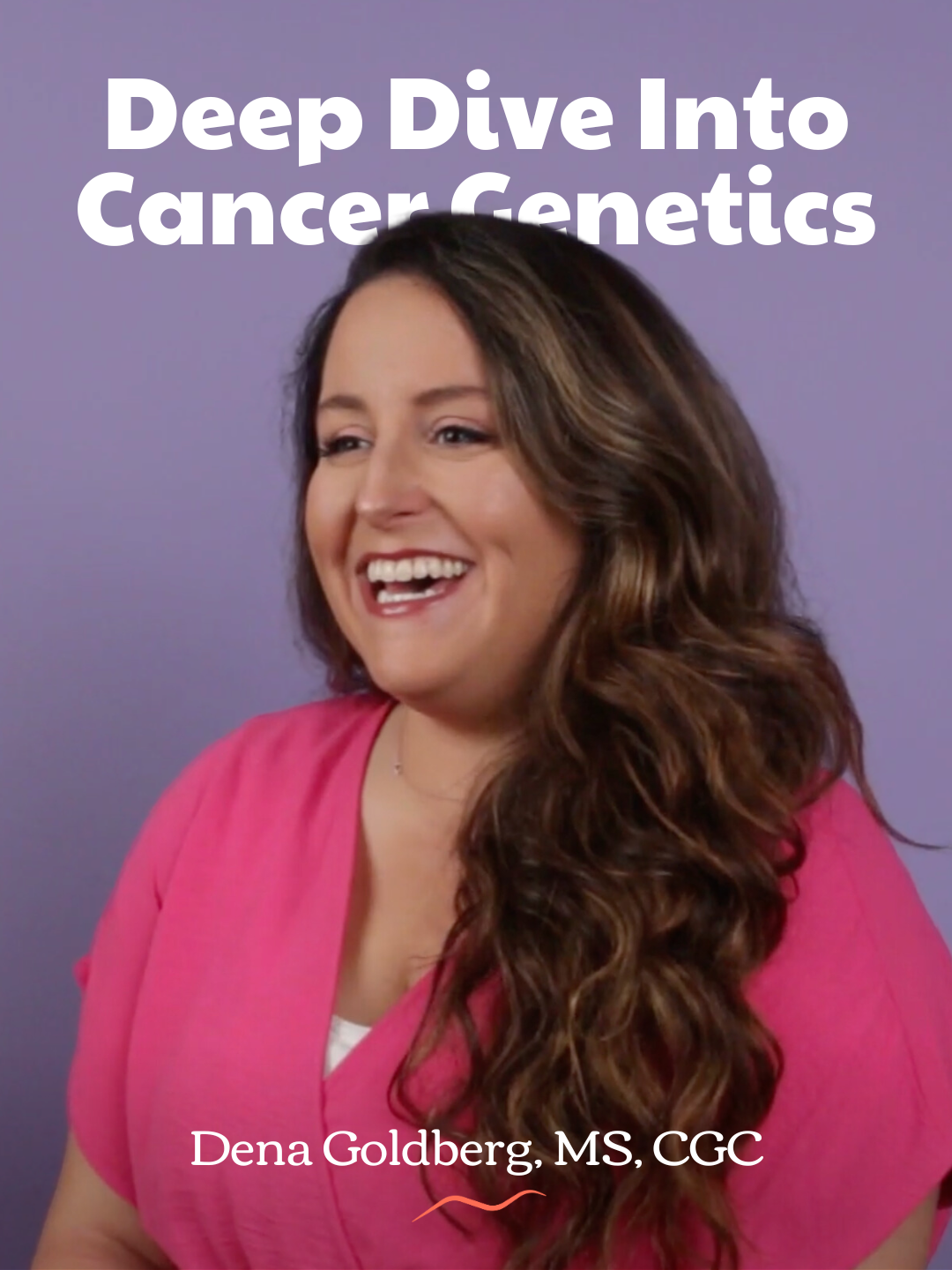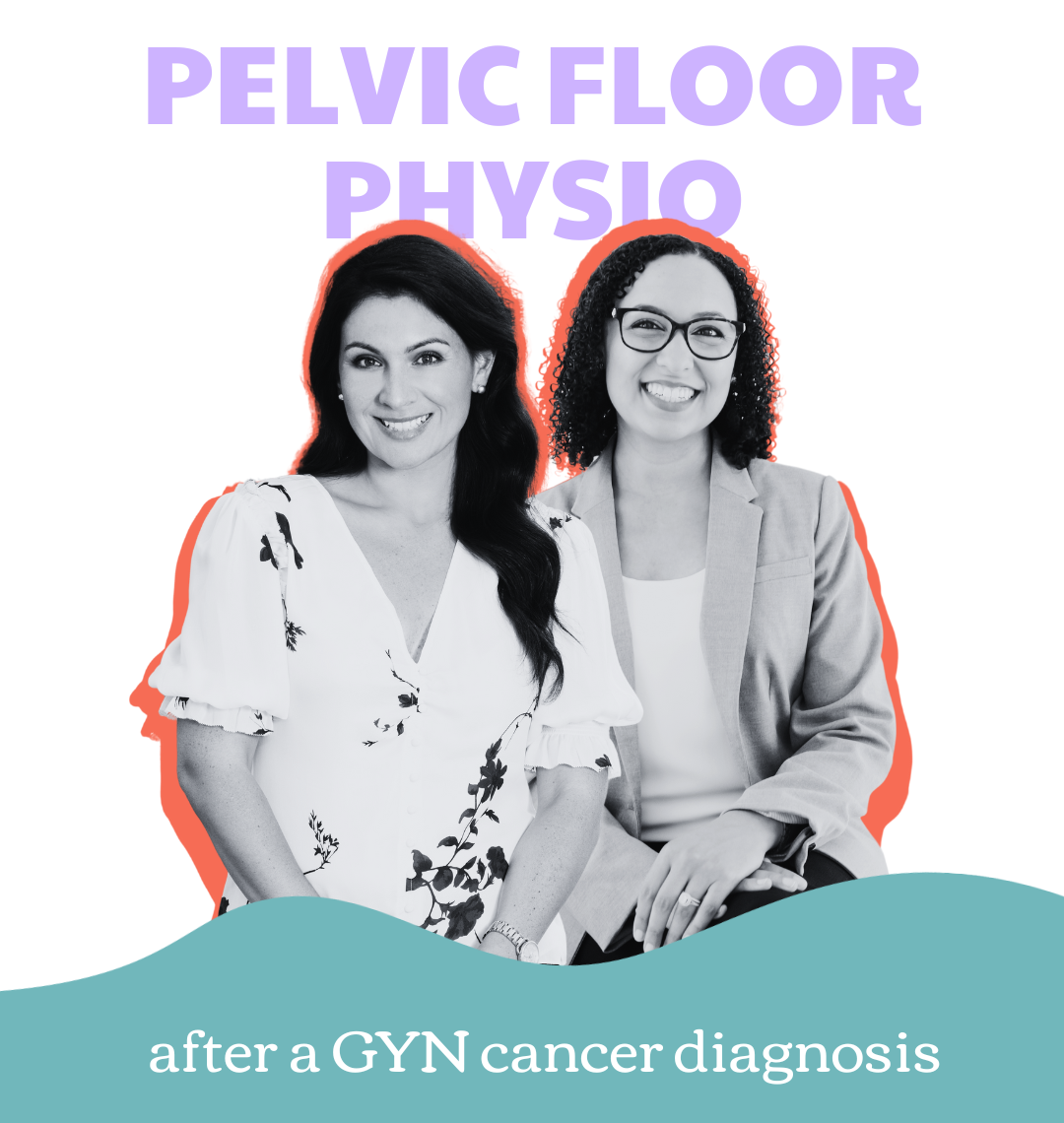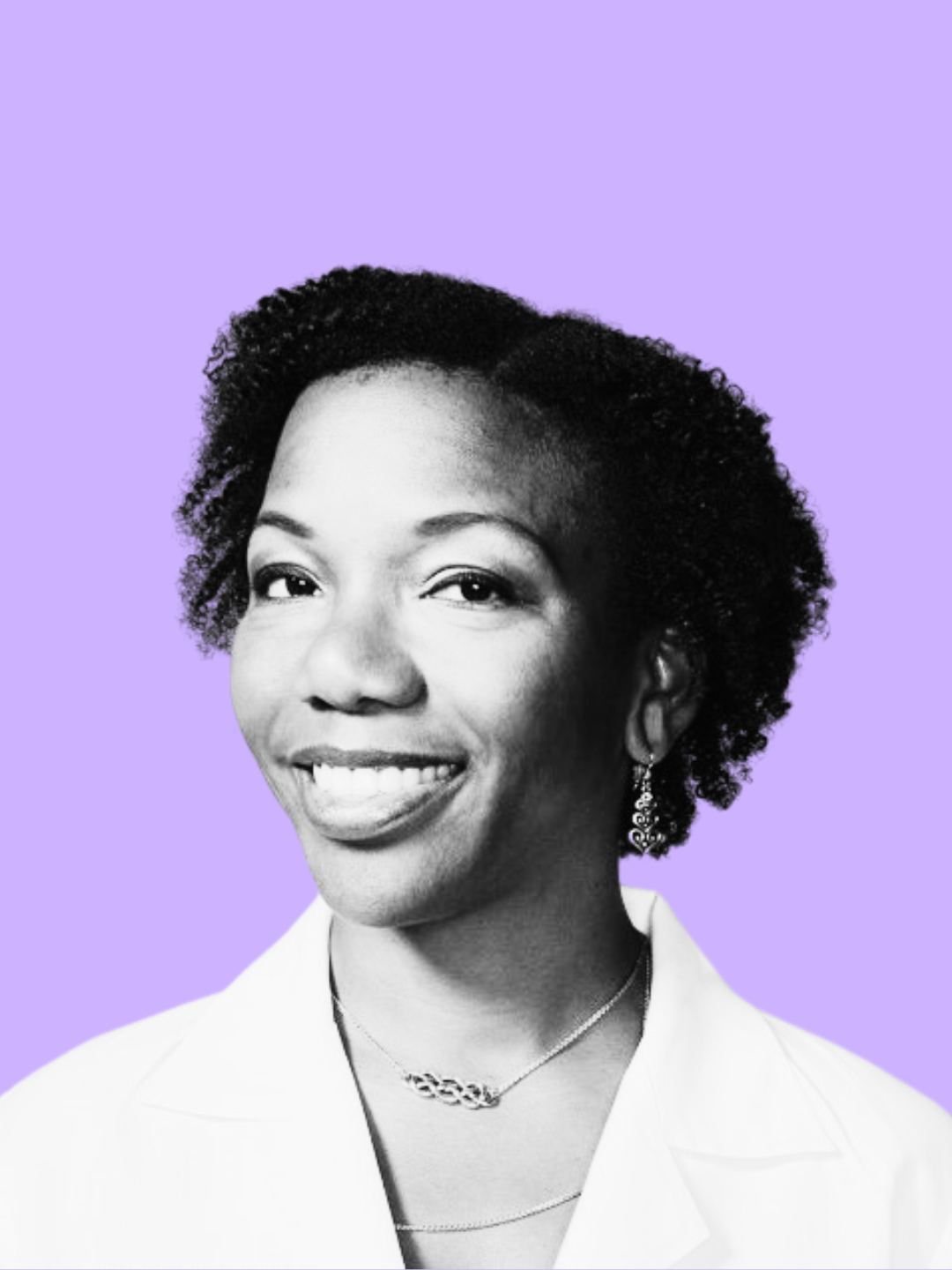Dr. Anne Peled is a board-certified plastic surgeon in San Francisco, California who specializes in breast, reconstructive, and cosmetic surgery. She is uniquely trained as both a plastic surgeon and a breast cancer surgeon. In addition to her clinical practice, she serves as the Co-Director of the Sutter Health California Pacific Medical Center Breast Cancer Center of Excellence and she is a breast cancer survivor herself. So when it comes to not only performing but also undergoing a breast surgery, she gets it.
We sat down to learn more about nerve preserving mastectomies, how this is not only changing the lives of patients around the world but transforming the world of plastic surgery, and got to know the incredible woman behind this revolutionizing practice.
THE PEAK: What is sensation preserving surgery and how does it work?
Dr. Anne Peled: One of the most common operations performed for the treatment of breast cancer is a complete mastectomy, which involves removal of all of the breast tissue. Most women don’t realize that after this surgery, they will have little, if any, sensation in their breast.
Because of the way the nerves to the breast skin and nipple travel through the breast tissue, traditional mastectomies tend to cut through these nerves, which leads to breast skin and nipple numbness for many women, or even sometimes, painful sensations at the cut nerve ends.
To try to prevent this numbness or pain, a sensation-preserving mastectomy can be done. This is done by carefully preserving the nerves that can be safely saved from a cancer standpoint during mastectomy and/or by doing nerve grafting to reconstruct the nerves that cannot be preserved.
Nerve reconstruction is done through a technology called Resensation® that can help restore sensation during or after a mastectomy. It’s a fairly new technique where nerves from the chest are reconnected with nerve grafts to nerves in the mastectomy skin.
TP: Can this only be done through a flap surgery?
AP: Sensation is mostly related to the way the mastectomy is done and baseline breast nerve anatomy, so the type of reconstruction likely doesn’t impact it too much. Meaning you can go under the muscle, over the muscle, choose to have implants or go the route of a flap surgery and sensation preservation should still be successful.
TP: Is this only an option for those having prophylactic mastectomies?
AP: Sensation preservation does not depend on the reason for the mastectomy. The goal with any mastectomy, whether for cancer treatment or for breast cancer risk reduction, is to remove all visible breast tissue. For most mastectomies the entire breast and nipple skin can be kept safely, though in some cases the nipple or a small part of the skin may have to be removed for optimal cancer treatment.
Nerve preservation during mastectomy is possible when the nerves run in the fatty tissue layer beneath the skin, which can be safely saved during mastectomies done for either reason. If the nerves do not have favorable anatomy for preservation (meaning they run straight through the breast and do not stay in the fatty tissue layer), then they will need to be cut and repaired (with nerve grafting) regardless of the reason for the mastectomy.
TP: Interesting. Do most of your procedures feature nerve preservation and nerve grafting?
They do! We’ve now done close to 300 sensation-preserving mastectomy surgeries and are so happy to see that most of our patients are able to regain or maintain their breast skin and nipple skin sensation afterwards. We also haven’t seen any long-term negative effects of the nerve grafting like nerve pain or other uncomfortable sensations, so we feel good about offering the procedure to pretty much all of our patients having mastectomies.
TP: How did your own breast cancer diagnosis lead you to pioneer this method?
Until I was in the position to be considering surgical options for my own breast cancer treatment, I never fully understood the impact side effects can have and the ways the risk of side effects can impact our surgical decision-making. I have a close friend who had a mastectomy several years ago and she would tell me that she would put on a sports bra and not even feel that it was on. So when I was thinking about my breast cancer surgery options at age 37 — the thought of being completely numb in my chest for the rest of my life was just too much for me to wrap my head around. The thought of being numb was actually one of the main reasons I ended up choosing a lumpectomy rather than a mastectomy.
In the weeks after I had my surgery, my husband Ziv Peled (who is a plastic surgeon specializing in peripheral nerve surgery) and I were talking over dinner about why we couldn’t keep and reconstruct nerves in the chest the way that we do in other parts of the body. We came up with a technique that we thought would work to preserve sensation and by the month after my surgery, we did our first nerve-preserving/nerve-grafting mastectomy and haven’t looked back in the three years since!
If there’s any possible way that we can keep nerves or reconstruct nerves that we’re not able to keep oncologically safely and allow people to get back to their full sensation, I think it really allows people to move past their breast cancer or breast cancer risk reducing surgery so much better than if their chest is completely numb. While even getting close to pre-mastectomy sensation or having mostly normal sensation is a big improvement from standard mastectomies, many patients are able to get nipple sensation back in a way that allows it to still be a part of intimacy and sexuality, which is an important issue for lots of people considering mastectomy.
It makes me so happy to see people come in who are so worried about going through such a daunting thing who then learn they can have sensation preservation and they instantly feel like it’s so much less overwhelming.
TP: Over the muscle vs under the muscle implant reconstruction is a hot topic in the community … what’s your take?
It’s such a big topic that I think can be really confusing to navigate. Since over-the-muscle implant reconstruction is a newer technique, there are still many surgeons who have never done this kind of reconstruction before so it can potentially be hard to get information on all options depending on which surgeon you see.
I have been doing over-the-muscle reconstruction for about 5 years and personally feel that there are so many benefits to it compared to under-the-muscle reconstruction, including a more natural shape, less pain and functional issues, and better overall appearance especially with chest muscle movement. But, there are trade-offs with any reconstructive choice and there may be patients who would prefer or would do better with under-the-muscle reconstruction. My recommendation would be to seek out a plastic surgeon who knows how to do both techniques and can have a truly informed discussion about the pros/cons of each approach.
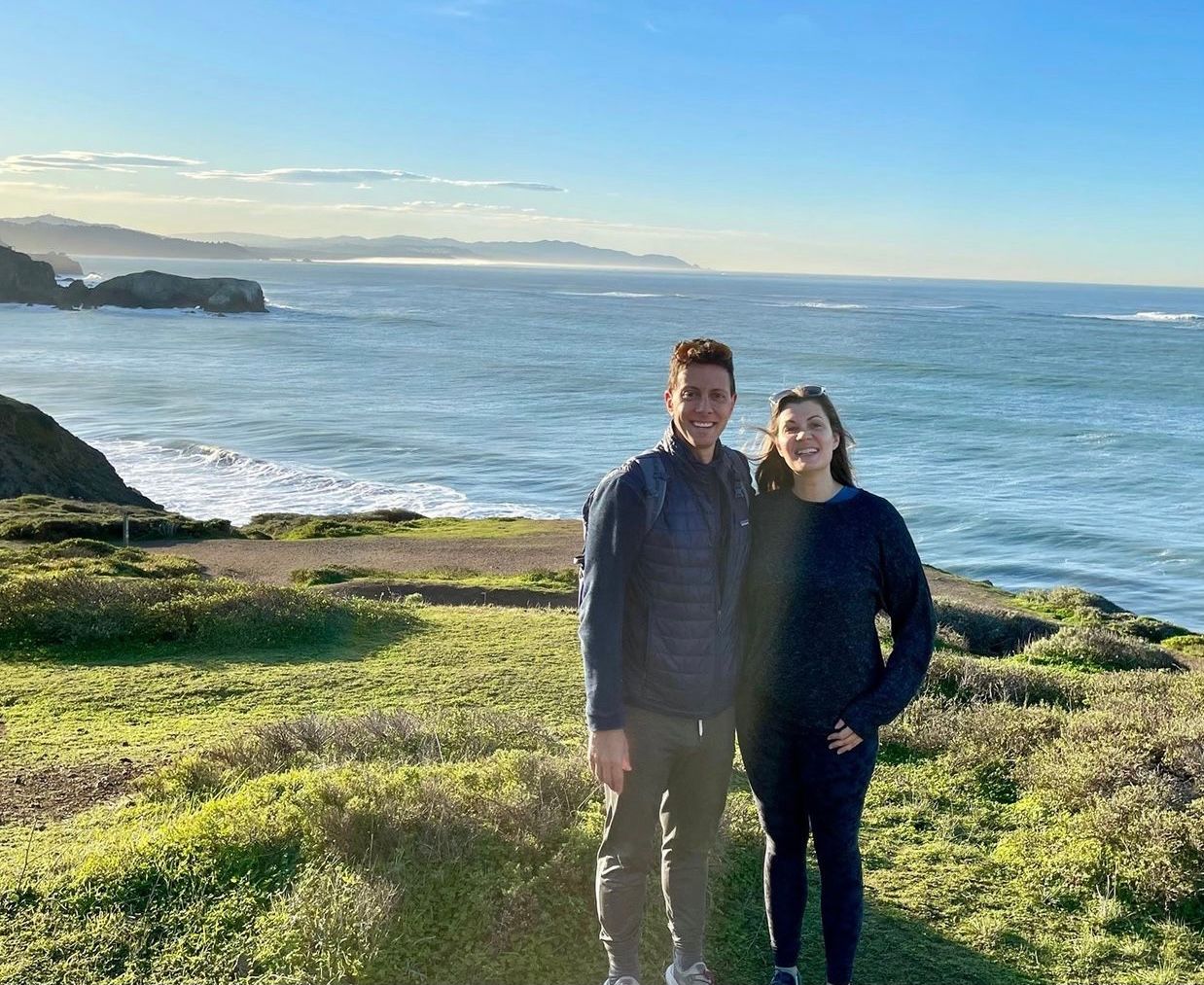
TP: How do you hope your research and advancements in nerve preserving mastectomies encourages other surgeons? Are you teaching others?
I really believe that offering sensation-preserving approaches should become standard for anyone having a mastectomy, in the same way that we try to discuss reconstructive options (including the choice for no reconstruction) with everyone having a mastectomy. We’ve seen a lot more interest recently from other surgeons and have been invited to give virtual talks nationally and globally this year, which is super exciting. We’re also hoping to have more preceptorships for surgeons to come visit us to learn about the techniques now that travel is more open and are also putting together several research and technique studies to share with other surgeons.
TP: What advice would you give to a fellow Breastie who’s newly diagnosed and/or navigating their surgical options?
First, take a deep breath and know that you have time to consider your options. There are very few situations where a decision needs to be made instantly and doing your research and finding the right team and approach for you can make such a difference in the short-and long-term. Next, trust your instincts and remind yourself that it is okay to voice your concerns and express what really matters to you about any possible treatment options. And finally, know that you are not alone there are so many of us who have been through this journey too and are here to support you and help every step of the way.
TP: Is there anything else you’d like to add or share with Breasties?
I was recently giving a talk about sensation-preserving mastectomies at a plastic surgery meeting and had two surgeons come up to me afterwards saying that they hadn’t heard of the approach until patients had come into their practice recently asking for this procedure.
Both of these surgeons were motivated to learn how to start doing these procedures because they saw how important keeping sensation was to their patients and they wanted to help get their patients the best outcomes. Sometimes as patients we can feel scared about asking for something that we’re not offered or that’s still thought of as new, but asking for newer and more advanced treatments is the way that the whole field of medicine gets pushed forward for the better!
TP: Thank you so very much, Dr. Peled.
